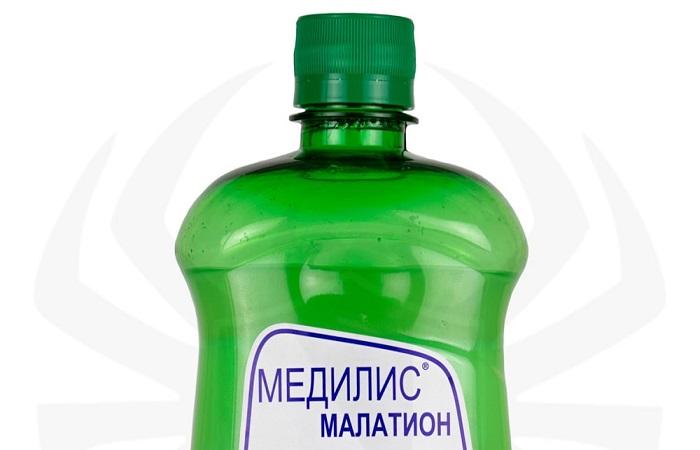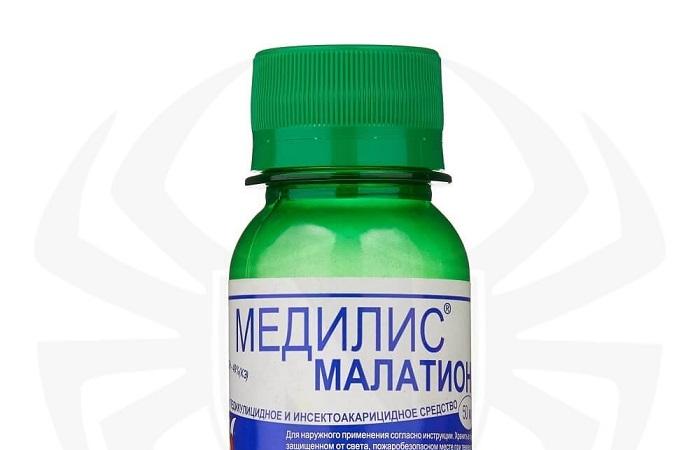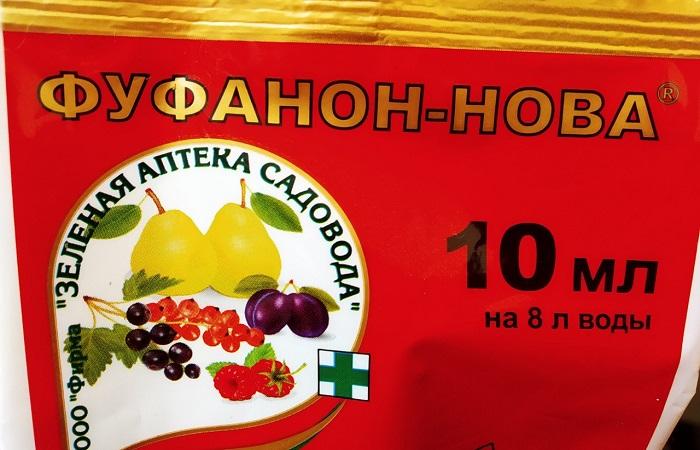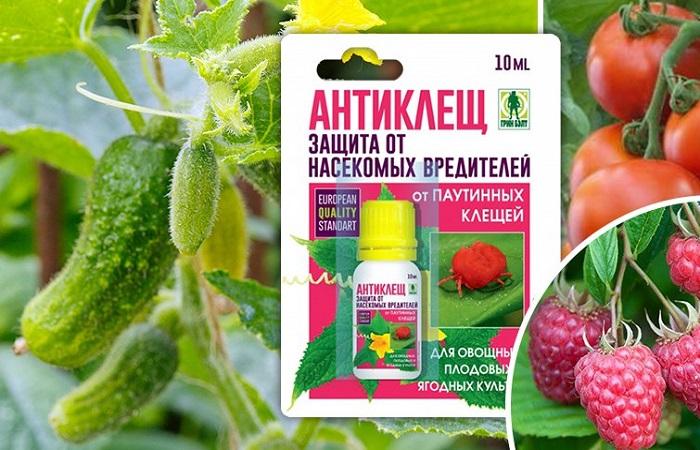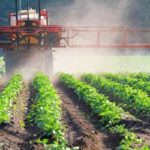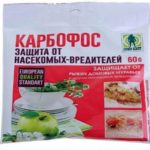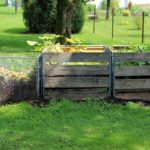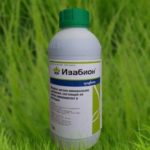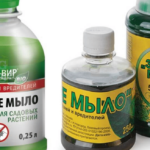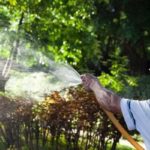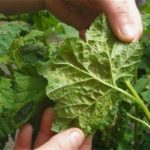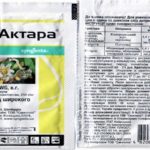Organophosphorus insecticides are a group of active substances of moderate toxicity included in preparations intended to control insect pests. Before the advent of pyrethroids, they were one of the most commonly used active ingredients used in anti-parasite chemicals because they were considered less dangerous than organochlorines. Malathion-based medications can still be purchased in stores today.
History of appearance
In the territory of the former Soviet Union, a substance from the chemical class of organophosphorus compounds is better known as karbofos. The development of malathion began in the 40s of the last century; the American Cyanamid Company, in particular, the scientist Cassady, was involved in this. The substance was obtained by adding dialkyldithiophosphoric acids to compounds having a double bond. In 1953, malathion received the name by which it is still known today.
Around the same time, Soviet scientists were also engaged in similar research and as a result they obtained the same substance, which was called karbofos. Today, malathion is one of the oldest active ingredients used in insectoacaricidal chemicals.
Physical and chemical properties
Pure karbofos is a rather heavy liquid, slightly oily and absolutely transparent. However, commercial malathion may have a yellowish or slightly red tint. The substance is poorly soluble in water (0.145 g/l), but well soluble in organic solvents, which reduces the danger if the chemical compound comes into contact with the skin of the person carrying out the treatment.
Since karbofos is a fairly volatile compound, special fragrances are added to insectoacaricides to reduce this characteristic. Due to such substances, all malathion-based drugs have an unpleasant odor.
Principle of action against harmful organisms
The active substance from the class of organophosphorus compounds belongs to nerve poisons. Its principle of action is based on blocking an enzyme important for the life of the pest - cholinesterase.The parasite's body produces enzymes that can neutralize the effect of the poison, but this happens very slowly, resulting in convulsions, followed by paralysis of the insect and complete death.
Preparations based on karbofos are characterized by fumigant, intestinal and contact effects.
Despite the emergence of drugs based on pyrethroid substances (less dangerous), insectoacaricides with malathion continue to be in demand due to their advantages:
- low cost of drugs;
- no accumulation in the ground;
- high acaricidal activity;
- practically does not lead to the development of resistance;
- has moderate toxicity to humans and warm-blooded animals;
- can be used in conjunction with pyrethroids, enhancing their effect;
- has a long shelf life if certain rules are followed.
The disadvantages of karbofos-based chemicals include the following:
- short period of protective action (no more than a week);
- slow effect on pests;
- lack of ovicidal activity;
- often exhibits phytotoxicity;
- dangerous for honey insects and water inhabitants.
Drug summary
Preparations containing karbofos are used not only by farmers, but also by owners of personal plots. The list of the most popular chemicals includes “Fufanon-Nova” (440 g/liter), “Alatar” (225 g/liter + 50 grams of cypermethrin), “Antiklesch” (525 g/liter), “Inta-Ts-M” (140 g/kg + 29 grams of cypermethrin) and “Profilaktin” (13 g/liter + 659 grams of vaseline oil).
Instructions for use
In order for insectoacaricidal preparations based on karbofos to cope with the task and destroy pests, it is necessary to correctly prepare the working solution for treating crops and adhere to the drug consumption rates specified in the instructions.
As an example, instructions for use for several chemicals are given:
- "Fufanon-Nova". The contents of one ampoule of the drug are dissolved in a liter of water and mixed until smooth. After this, the mother solution is diluted in 10 liters of water and the plants are sprayed. Depending on the type of plant, from 1 to 5 liters of working fluid are consumed per square meter.
- "Alatar." A working solution for spraying ornamental and fruit and vegetable crops is prepared from 5 ml of insectoacaricide and 6 liters of settled water. Treatment work is carried out early in the morning or after sunset, using 0.5 to 2 liters per square meter or 2 to 5 liters of liquid per plant (trees).
- "Anti-mite." To prepare the solution, use 10 ml of the chemical, dissolving them in a 10-liter bucket of water. Apply from 1 to 3 liters per square meter or from 2 to 5 liters per mature tree or bush.
- "Inta-Ts-M." The drug effectively destroys the Colorado potato beetle and leaf-eating caterpillars. 1 tablet of insectoacaricide is dissolved in a liter of water, after which the stock solution is poured into a 10-liter bucket of water and mixed thoroughly. Consumption rates are from 2 to 5 liters per tree and 5 liters per hundred square meters of garden.
Security measures
Preparations based on karbofos belong to the 3rd or 4th toxicity class, depending on the presence of additional substances and the concentration of the main component.When working with liquid, you must ensure that it does not come into contact with your skin or eyes.
Once the plant treatment is complete, wash all clothing and shower with detergent to remove any chemical residue.
 Analogue
Analogue
You can replace drugs in which the active ingredient is karbofos with insectoacaricides based on pyrethroids.

